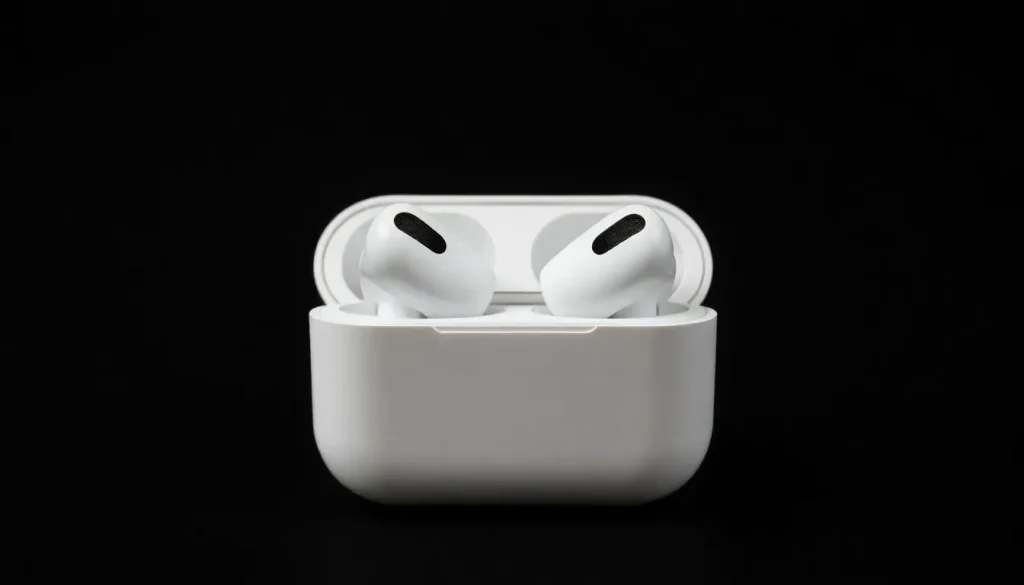AirPods Pro 3 remain unrepairable as expected

As technology continues to evolve, consumers often find themselves grappling with the durability and repairability of their devices. Apple's AirPods have sparked significant discussion around this topic, particularly with the recent release of the AirPods Pro 3. Understanding the implications of their design choices can help users make informed decisions about their purchases.
In this article, we delve into the repairability of the AirPods Pro 3, discuss potential repair options, and explore the broader environmental implications of these wireless earbuds.
Why are AirPods not easily repairable?
Apple’s AirPods, including the latest AirPods Pro 3, have gained a reputation for being nearly impossible to repair. This is largely due to their design, which prioritizes aesthetics and compactness over serviceability. The following factors contribute to their poor repairability:
- Complex assembly: AirPods are constructed with intricate internal components that are tightly packed, making disassembly without causing damage extremely challenging.
- Use of adhesives: Many components, including batteries, are glued in place, complicating any potential repairs or replacements.
- Limited access: The design offers minimal access points for technicians, further complicating the repair process.
- Proprietary technology: Apple often uses custom parts that are not available on the open market, making third-party repairs virtually impossible.
As a result, users are often left with no choice but to replace their AirPods entirely when issues arise.
Can a damaged AirPod be repaired?
The straightforward answer is no; repairing a damaged AirPod is not feasible for most consumers. Although some minor issues might seem like they could be fixed, the reality is that:
- **Battery replacements are impossible**, as they are not designed to be removed.
- **Internal components** are often destroyed during attempts to open the casing.
- **Warranty policies** discourage tampering with the product, as this can void any existing warranties.
While some users may attempt DIY repairs, the risks involved often outweigh the potential benefits, leading to further damage and financial loss.
Environmental implications of non-repairable devices
The inability to repair AirPods has significant environmental implications. As more consumers discard old or malfunctioning devices, electronic waste increases, contributing to pollution and resource depletion. Key environmental concerns include:
- Increased waste: With millions of AirPods sold each year, the disposal of these devices adds to the growing electronic waste crisis.
- Resource depletion: Manufacturing new devices requires raw materials, leading to further environmental degradation.
- Carbon footprint: The production and transportation of new devices generate substantial greenhouse gas emissions.
As consumers become more aware of these issues, there is a growing demand for more sustainable alternatives that prioritize repairability.
How to factory reset AirPods to prevent tracking
If you are concerned about privacy and want to ensure that your AirPods cannot be tracked, performing a factory reset is a straightforward process. Here’s how you can do it:
- Place your AirPods in their charging case and close the lid.
- Wait for about 30 seconds, then open the lid.
- On your device, go to the Bluetooth settings and remove the AirPods from the list of connected devices.
- Press and hold the setup button on the back of the case until the LED indicator flashes amber, then white.
- Your AirPods are now reset and can be set up as new.
This process helps in removing any saved connections and ensures that your AirPods are no longer linked to your Apple ID.
How to troubleshoot AirPods that cannot be verified
Users may encounter a problem where their AirPods cannot be verified, often due to software issues or connectivity problems. Follow these steps to troubleshoot the issue:
- Ensure compatibility: Check that your AirPods are compatible with your device and up to date with the latest software.
- Reset the AirPods: Follow the factory reset instructions to attempt a fresh connection.
- Update firmware: Make sure your iPhone or other device has the latest firmware updates installed.
- Check Bluetooth settings: Turn Bluetooth off and on again on your device.
By following these troubleshooting steps, you can often resolve the verification issue and restore functionality.
For a more visual approach to troubleshooting AirPods, you can check this informative video:
Future of repairability in consumer electronics
The conversation around repairability extends beyond just AirPods. As consumers become more environmentally conscious, companies are under increasing pressure to design products that are not only durable but also repairable. Some trends to watch include:
- Modular designs: Products that allow for easy replacement of individual components.
- Right to repair legislation: Movements advocating for laws that require manufacturers to make devices easier to repair.
- Consumer demand: Increasing awareness and demand for sustainable practices are pushing companies to reconsider their approaches.
As the market evolves, it will be interesting to see how companies like Apple respond to these challenges and whether they will adapt their designs to be more sustainable and user-friendly.




Leave a Reply